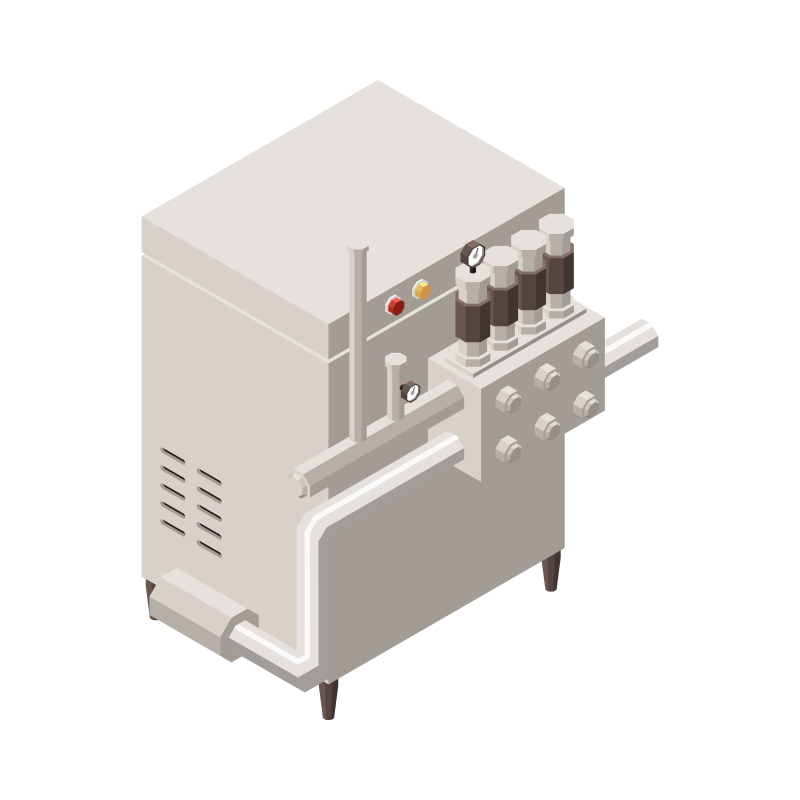
Things to Consider in Battery Use

Things to Consider in Battery Use
Batteries are used as an energy source for many vehicles and devices. Proper use and maintenance of batteries that enable vehicles such as cars, motorcycles and boats to operate is very important. Properly using and maintaining the batteries of cars, motorcycles and other vehicles allows us to use them in a safe and healthy way. Batteries enable vehicles to move by converting electrical energy into chemical energy. However, problems can arise if batteries are not used properly or if their maintenance is neglected. Therefore, there are some important points to be considered when using batteries.
What is a Battery and What Does It Do?
Batteries are devices that store electrical energy into chemical energy and convert this energy back into electrical energy when needed. Batteries are used in vehicles to provide basic functions such as starting, lighting and ignition. They are also used in solar energy systems, marine vessels and many other applications.
Types of Batteries
Batteries come in different types and technologies. Here are some commonly used battery types: Lead Acid Batteries Lead acid batteries are an example of the type commonly used in vehicles and are commonly
known as standard batteries. These batteries operate using lead plates and a sulfuric acid electrolyte. Lead acid batteries are popular due to their low cost and wide range of uses.
Gel Batteries
Gel batteries are a type of battery that uses sulfuric acid in gel form as electrolyte. Gel batteries are especially preferred in marina and caravan applications due to their vibration resistant and deep discharge features.
AGM Batteries
AGM (Absorbed Glass Mat) batteries use a sulfuric acid electrolyte like gel batteries, but with the electrolyte impregnated into a glass fiber matrix. AGM batteries are known for their high performance, deep discharge characteristics and sealing advantages.
Considerations When Choosing a Battery
When buying a battery, it is important to make the right choice. Here are the factors to consider when choosing a battery:
Capacity and Voltage
Battery capacity determines how much energy the battery can store. It is important to choose a capacity that suits the needs of the vehicle or device. Also, the voltage of the battery is important. Generally, 12-volt batteries are used in vehicles.
Size and Mounting
When purchasing the battery, keep in mind that your vehicle or appliance needs an appropriately sized battery. It is also important to pay attention to the appropriate mounting features so that the battery can be installed correctly.
Lifespan and Warranty
The lifetime of batteries varies depending on the brand and quality. Choosing a battery with a long life can reduce costs. The warranty period is also a factor to consider when purchasing a battery.
Battery Installation and Connection
If you have purchased a new battery or are replacing an existing battery, it is important to make the correct installation and connection. Here are some steps on battery installation and connection:
1. First, determine where the battery is located on the vehicle or appliance.
2. Use the necessary tools to remove the old battery and carefully remove it.
3. Install and secure the new battery in the correct orientation.
4. Connect the positive (+) and negative (-) terminals of the battery correctly. Connect the positive terminal to the positive cable and the negative terminal to the negative cable.
5. Make sure to hold the connections firmly and mount the battery securely.
Battery Maintenance
Regular maintenance of batteries improves their performance and lifespan. Here are some important points about battery maintenance:
Cleaning and Maintenance Routine
It is important to keep the outer surface of the battery clean and dry. Clean regularly to prevent the accumulation of dirt, dust or acidic substances. In addition, check the connections around the battery and correct any loose or worn connections.
Fluid Level Check
It is important to check the fluid levels of lead acid batteries regularly. There is usually a transparent cover on the top of the battery. Open the lid and observe the fluid level inside the battery. If the fluid level is low, top up the level by adding distilled water.
State of Charge Check
The state of charge of the battery should be checked regularly. If the charge level is low, it isimportant to charge the battery properly. If the charge level is not sufficient, it may adversely affect the operation of the vehicle or device.
Polarity Terminals and Connections
The battery terminals and connection points should be checked and cleaned regularly. In case of oxidation or contamination, clean the terminals using a suitable cleaner and brush and make sure
to keep the connections tight.
Cautions
Some of the things to consider when using a battery:Avoid Over Discharge Start your vehicle or appliance regularly to avoid over-discharging the battery. Batteries that are not used for long periods of time can become discharged and lose their performance.
Charge Frequently
Charging the battery regularly can prolong its life. If you will not be using your vehicle or device for a long period of time, charging the battery can prevent it from discharging.
Monitor the Fluid Level
Check the fluid level of lead acid batteries regularly. If the fluid level is low, top up the level by adding distilled water.
High Temperature and Cold Protection
It is important to protect the battery from extremely hot or cold environments. Excessive heat can adversely affect battery performance, while excessive cold can reduce the battery's charging capacity. Take care to use within the appropriate temperature range.
Battery Replacement Time and Signs
The lifespan of batteries varies depending on the brand and quality used. Generally, a battery is expected to last between 3-5 years. However, some signs indicate that it is time to replace the battery. For example, reduced vehicle starting power, cracks or leaks on the outside of the battery, signs of oxidation on the battery terminals may indicate that it is time to replace the battery.
Environmental Responsibility and Waste Batteries
Batteries contain waste materials that can pose potential hazards to the environment. It is therefore important that used batteries are collected and recycled in a special way to prevent damage to the environment. Delivering used batteries to authorized recycling centers is important for environmental protection.
Conclusion
Batteries play an important role as an energy source for vehicles and other devices. Considerations when using batteries are important to ensure safe and healthy use. Choosing the right battery, regular maintenance and careful use will help increase the performance and lifespan of batteries. If you have any questions about battery use, it is recommended to consult a specialist.
Frequently Asked Questions
How to check the battery fluid?
You can check the fluid level inside the battery by opening the transparent caps on the top of the battery. If the fluid level is low, you can top up the level by adding distilled water.
How long should the battery be charged?
A period of 8-12 hours is generally recommended for charging the battery. However, this time may vary depending on the battery capacity and charger specifications.
What is the battery replacement time?
The lifespan of batteries varies depending on the brand and quality. Generally, a battery is expected to last between 3-5 years.
Why does the battery discharge quickly?
There are several reasons why batteries can discharge quickly. These include prolonged disuse, excessive electronic load, an irregular charging system of the vehicle or appliance, a defective battery or problems with the connection points.
How to recycle used batteries?
Used batteries must be collected and recycled in a special way to prevent damage to the environment. Delivering used batteries to authorized recycling centers is important for environmental protection.
 Türkçe
Türkçe English
English Russian
Russian
 Web Tasarım Tarafından Hazırlanmıştır.
Web Tasarım Tarafından Hazırlanmıştır.